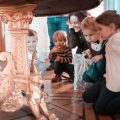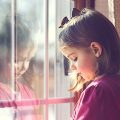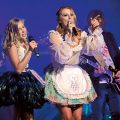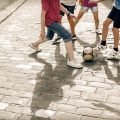Music for preschool children
Scientific research has shown that a child inin the womb is able to distinguish between the voices of parents and music. The fetus reacts differently to the sounds of a waltz and a march. The first musical pieces that a baby hears are a gentle lullaby. After that, rattles appear.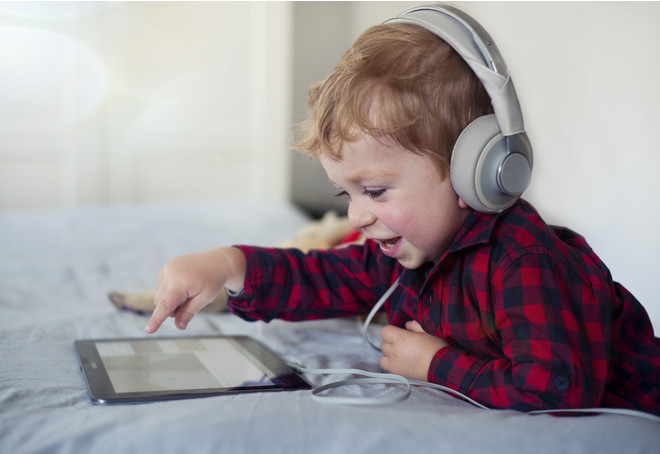 Musical development of children educatesharmonious personalityPhoto: GettyThe abundance of children's products allows you to choose a melodic rattle. You should avoid rattles and rustling sounds, opt for models with different sounds. A little later, you can buy a xylophone and a children's harp. You need to introduce your child to musical works in small portions. Each age has its own acceptable time intervals for listening to music:
Musical development of children educatesharmonious personalityPhoto: GettyThe abundance of children's products allows you to choose a melodic rattle. You should avoid rattles and rustling sounds, opt for models with different sounds. A little later, you can buy a xylophone and a children's harp. You need to introduce your child to musical works in small portions. Each age has its own acceptable time intervals for listening to music:
- At the age of up to 1 year, a baby can listen to music for 2-3 minutes if the session is divided into several intervals of 20-30 seconds. The break between "music sessions" is 1-3 seconds.
- At the age of 2 years, the session can last 2-3 minutes, but the intervals for continuous listening are already 40 seconds.
- At 3 years old, the total lesson time is 4-5 minutes, with continuous sound 1-1.5 minutes.
The repertoire should be adjusted to the age of the children.In the first year, these are: lullabies and Russian folk songs. From the classics - Mozart's minuets. For 2-3 years, you need to select children's songs about animals and birds, cartoon characters: "A Grasshopper Sat in the Grass" or "Dance of the Ducklings". You can take melodies from the kindergarten repertoire.
Development of rhythmic abilities
When conducting music lessons, involve your childto perform. For this, you will need children's musical instruments. It is worth starting with a drum, but without sticks to avoid injuries. Show your child how to extract sounds from the instrument:
The next instrument is the tambourine.Make the task more difficult by using the sound of bells and sleigh bells. With little ones, you can start lessons by tapping your foot or clapping your hands. All this should be accompanied by the words: "clap-clap", "top-top". Let the bunny stomp his foot and the cat clap her hands. When conducting music lessons, do not limit yourself to only children's repertoire, let the child listen to classical compositions. Conduct lessons in measured doses, without tiring the little ones.





